Sharing: Cà Mau expands the water recirculating shrimp farming model with zero wastewater discharge into the environment
Across the square-shaped shrimp fields in Phú Tân Commune, crystal-clear water reflects the blue sky. Gone are the days of murky wastewater and foul odors; instead, a tranquil atmosphere prevails, accompanied by the steady hum of paddlewheel aerators. This is te result of the super-intensive whiteleg shrimp farming model with water recirculation — a new breakthrough for Cà Mau’s shrimp industry.
Solving the pollution problem in farming areas
Mr. Quách Văn Ấn, Deputy Director of the Department of Science and Technology of Cà Mau Province, said that after two years of implementation, the province has developed about 100 hectares of industrial shrimp farming using a closed-loop water recirculation model that employs tilapia fish and seaweed to treat the water.
Engineers and farmers inspect whiteleg shrimp ponds that apply the water recirculation model.
“Wastewater from the ponds is naturally filtered through a system of tilapia and seaweed before being returned to the ponds, without discharging into the environment. The shrimp survival rate reaches around 80%, with an average yield of 45 tons per hectare per crop and a stocking density of 200 shrimp per square meter,” said Mr. Ấn.
From these initial successes, Cà Mau plans to expand the area to 1,500 hectares. Among them, De Heus Company will develop 1,000 hectares, and Minh Phú Seafood Group Joint Stock Company will develop 500 hectares, aiming for international certifications such as ASC and BAP to serve export markets in Europe, the U.S., and Japan. This is an essential direction for Cà Mau’s shrimp industry to develop sustainably, reduce environmental pressure, and meet the strict requirements of importing markets.
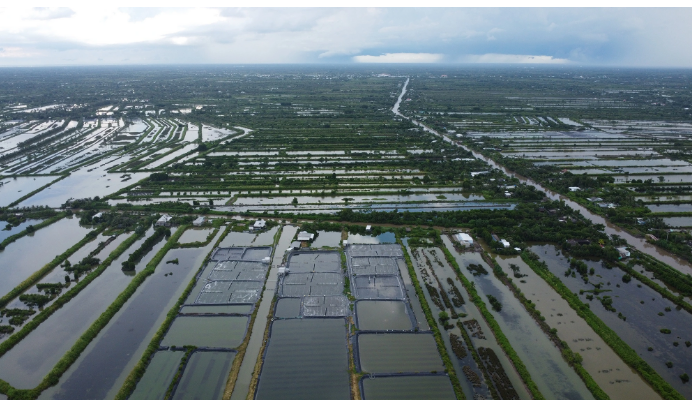
Cà Mau has the largest shrimp farming area in Vietnam, but it also faces heavy environmental pressure. For many years, industrial shrimp farmers have worried about water pollution. Despite investing in sedimentation and treatment ponds, the frequent water changes have led to rising electricity, chemical, and labor costs while seriously affecting the surrounding environment. In many cases, mass shrimp deaths occurred in industrial farming zones due to untreated wastewater.
Recognizing this reality, Cà Mau Province has collaborated with De Heus Company, Minh Phú Seafood Group, and scientists to research and apply the closed-loop shrimp farming model using RAS-IMTA (Recirculating Aquaculture System – Integrated Multi-Trophic Aquaculture) technology. This system reuses water through natural biofiltration tanks, saving costs while ensuring biosecurity for shrimp.
“One farmer, the whole neighborhood rejoices”
Mr. Ngô Văn Lai, residing in Cái Nước Hamlet, Phú Tân Commune, is one of the pioneers in implementing the model, with 8 hectares of whiteleg shrimp farming. He explained that water from the shrimp ponds is pumped into holding ponds containing tilapia, which process the waste, before flowing into ponds planted with seaweed. The seaweed absorbs excess organic matter, purifies the water, and then the water is returned to the shrimp ponds — eliminating the need for frequent water exchange.
This model helps reduce labor, electricity, and chemical treatment costs by up to 50%. “The shrimp are healthier and grow faster, productivity increases, and profits are nearly 20% higher. The best part is that the neighbors are also happy, as they are no longer affected by the foul wastewater from industrial ponds like before,” said Mr. Lai.
In Phú Tân Commune, not only the farmers but the entire community benefits. Many households that once suffered from pollution now see clean canals and the return of wild fish. A local resident shared: “In the past, the stench was unbearable — we couldn’t even open the windows in the afternoon. Now it’s fresh and pleasant. Even though others raise shrimp, we all enjoy the benefits.”
The system of super-intensive whiteleg shrimp ponds applying water recirculation technology in Cà Mau brings not only economic and environmental benefits but also reduces the management burden for local authorities.
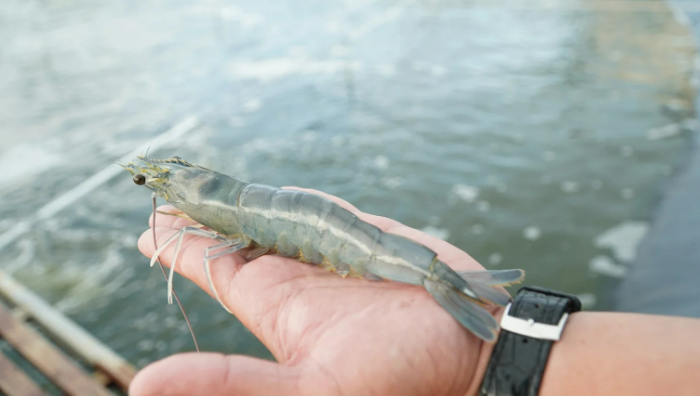
Mr. Nguyễn Văn Nguyện, an agricultural extension officer in Phú Tân Commune, said: “This model prevents farmers from discharging wastewater into the environment. The surrounding residents highly appreciate it because there are no longer bad odors or water pollution. For us officials, it’s also easier — we no longer have to handle complaints, record violations, or impose fines like before.”
He added: “We often joke that this is the ‘one farmer, whole neighborhood happy’ model. In the past, if one household discharged wastewater, the entire community suffered. Now both the farmers and the neighbors feel secure, and production efficiency is higher.”
Reducing the burden on local authorities
According to the operational principle, water from the shrimp ponds is directed through a tilapia tank to remove organic waste, then flows through areas with seaweed that help purify the water and balance the ecosystem. This process forms a natural circular system, conserving water and preventing pollution. The use of a closed system also helps farmers control diseases more easily, reduce risks, and maintain stable year-round production.
Whiteleg shrimp farmed under the water recirculation model in Cà Mau have a high survival rate and yield of about 45 tons per hectare per crop.
Currently, Cà Mau aims to expand the model to key farming areas, working toward building the “Cà Mau Green Shrimp” brand — shrimp produced safely without harming the environment. “This is the right direction in the context of climate change, water scarcity, and the increasing demands of international markets,” said Mr. Quách Văn Ấn.
The province is also considering mechanisms to encourage businesses and households to switch to the recirculating model through technical support, green credit, and training in pond environmental management. Once international standards are achieved, shrimp products will not only expand market access but also enhance the global image of Cà Mau’s aquaculture industry.
Starting from 100 hectares, the water recirculating shrimp farming model is opening a new path of development — where each pond not only creates economic value but also helps preserve the purity of Vietnam’s southernmost land. In the future, as these “green cycles” expand, Cà Mau will not only be known as the “shrimp capital” but also as a symbol of sustainable agriculture in harmony with nature and the community.
Source: nguoinuoitom.vn
AQUA MINA CO., LTD
– Address: 685 Le Duc Anh Street, Quarter 39, Binh Hung Hoa Ward, Ho Chi Minh City
– Phone: 1800 6071 (Toll-free hotline)
– Email: sales@aquamina.com.vn or oversea@aquamina.com.vn
– Aqua Mina’s Official Distributor in Japan: REX INDUSTRIES CO., LTD
– Address: 1-9-3 Hishiya-Higashi, Higashi-Osaka 578-0948, JAPAN
– Email: kimakubo@rexind.co.jp
– Phone: +81-(0)72-961-9893
– Website: www.rexind.co.jp/e/

WE WORK FOR THE SUCCESS
Ngày đăng : 18/10/2025
1423 View
Other Articles
Sharing: EU increases shrimp imports in the first 9 months of the year
Gideon De Oro opens high tech Cebu shrimp plant, to revive exports
White-leg shrimp facing WSSV: When density and environment fluctuate together
Vietnamese shrimp holds the 3rd position in the EU – strongly competing with Ecuador and India
Global Seafood Alliance Will Require All BAP-certified Shrimp Producers to End Eyestalk Ablation by the End of 2030
Biosecurity – The Key Solution to Aquatic Animal Disease Challenges
Launch of the VASEP Tilapia Production and Export Business Club
Passive Acoustic Monitoring: Assessing Environmental Impacts on Shrimp Feeding Behavior
Share: Dollar Spot Disease: Why Reinfection Happens Even After Proper Treatment
WORLD AQUACULTURE 2025, INDIA — WHERE INNOVATION MEETS TRADITION A GLOBAL GATHERING FOR THE FUTURE OF AQUACULTURE
Radioactive’ shrimp crisis: Indonesia grapples with contaminated industrial zone








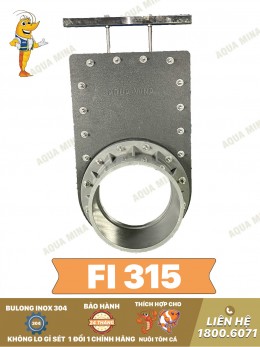
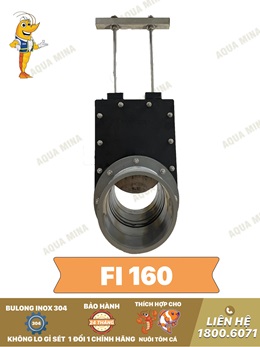
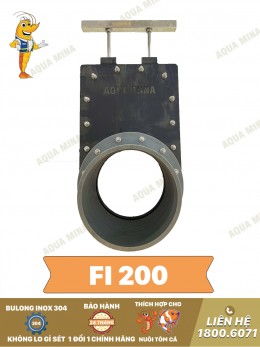
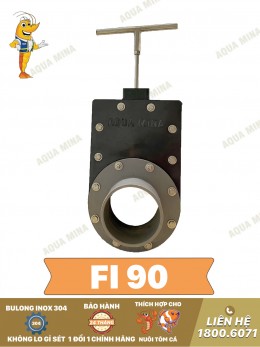
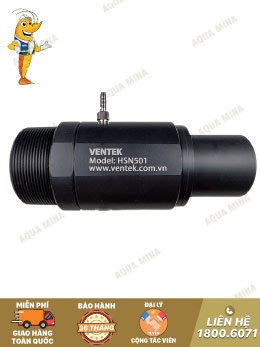
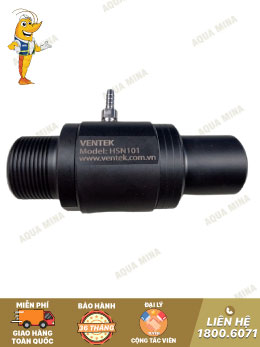
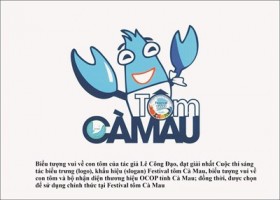
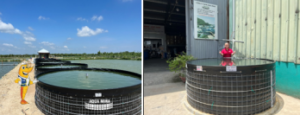
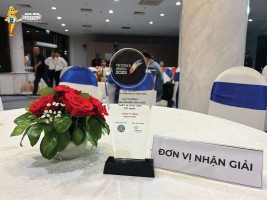
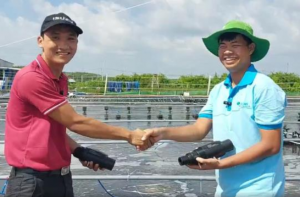
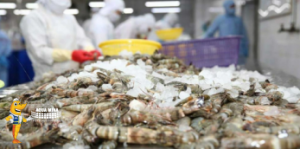
.jpg)